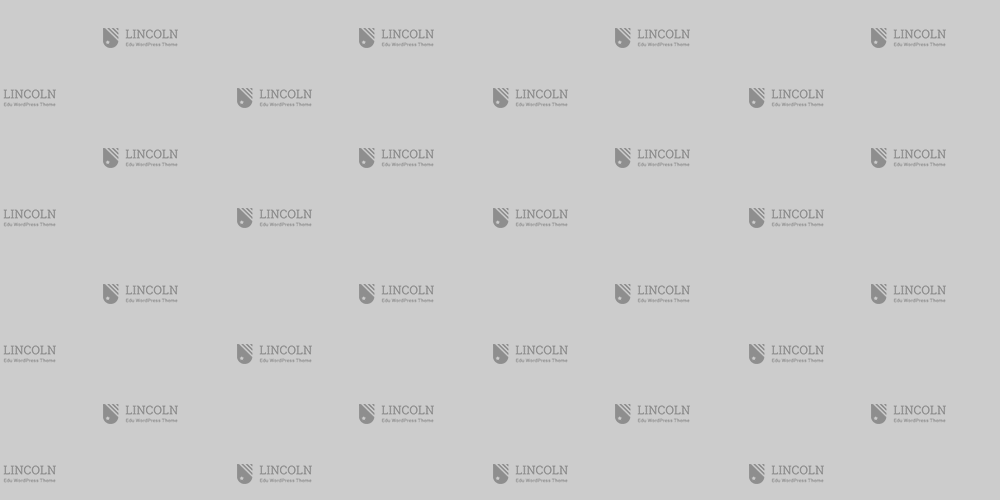The Munich Agreement of 1938 is a significant event in modern European history that marked a critical moment in the buildup to World War II. The agreement was reached after a conference held in Munich, Germany, on September 29, 1938, between Germany, Great Britain, France, and Italy. It aimed to appease Adolf Hitler and avoid a full-scale war in Europe.
So, who signed the Munich Agreement in 1938? The agreement was signed by Adolf Hitler, the leader of Nazi Germany, Neville Chamberlain, the Prime Minister of Great Britain, Édouard Daladier, the Prime Minister of France, and Benito Mussolini, the Prime Minister of Italy.
The Munich Agreement was a controversial one, with many accusing the Western powers of appeasing Hitler instead of standing up to his aggressive expansionist policies. The agreement allowed Germany to annex the Sudetenland, a region in Czechoslovakia that had a significant German-speaking population. In return, Germany agreed not to seek further territorial expansion in Europe.
The Munich Agreement was widely criticized at the time and is now seen as a significant failure in international diplomacy. Despite the agreement, Hitler continued to extend his power throughout Europe, leading to the outbreak of World War II in 1939.
In conclusion, the Munich Agreement of 1938 was a significant event in European history that had far-reaching consequences. It was signed by Adolf Hitler, Neville Chamberlain, Édouard Daladier, and Benito Mussolini. While the agreement aimed to avoid war, it is now seen as a failure to stand up to Hitler`s aggressive expansionist policies and ultimately contributed to the outbreak of World War II.


